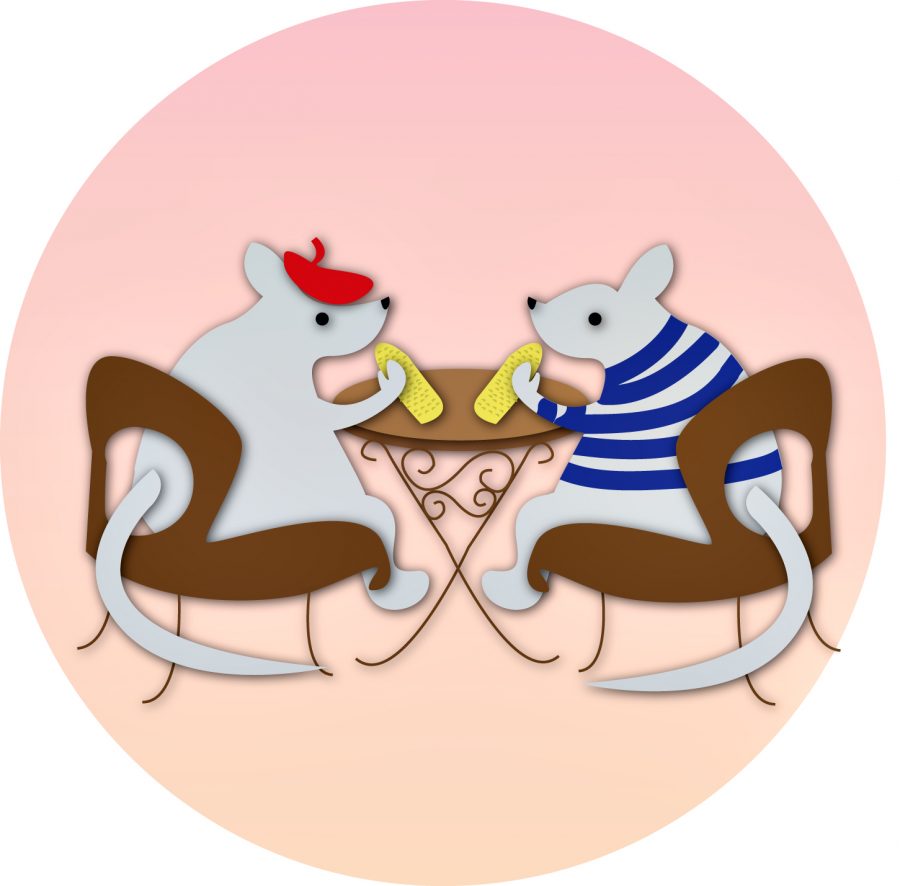Check out Daily Texan Multimedia's portrayal of this week's Science Scene.
A study published a month-and-a-half ago came to the conclusion that a specific variety of genetically modified corn was potentially very hazardous, causing multiple tumors in lab rats. However, outspoken scientists have bashed the study for its weak methodology, poor interpretation of results and misleading statistical tools. The French government enlisted the assistance of two groups, the High Council of Biotechnology (HCB) and the Agency of Food, Environmental and Occupational Health & Safety (ANSES), to evaluate the study and determine whether or not the government should restrict the importation of the corn. Both the HCB and ANSES agreed with the scientific community that the original study was severely flawed and likely ideologically motivated. Future research is recommended to err on the safe side, but past studies have largely come to the conclusion that genetically modified foods are as safe and as healthy as conventionally grown equivalents.
The more we study quantum mechanics, the stranger it becomes, which means that it’s about to get a whole lot stranger. An international group of researchers has published new insights in scientific journal Nature Physics, which may lead to the testing of one of the biggest questions at the core of the quantum mechanics: entanglement. This term refers to the way that two particles can seemingly interact with each other, even when they’re nowhere near each other. These interactions were once thought to possibly reflect something innate about the particles — similar to the way that, for example, a blue sock is blue whether or not you’re looking at it — but tests performed during the 1980s show that this is not the case. In the quantum world, measuring a sock to be blue tells you nothing about the color of the sock before you take the measurement. The only other possibility that scientists can come up with to explain the entanglement phenomenon involves some sort of signal communication between the two particles. The problem is that this signal would have to be sent at more than 10,000 times the universal speed limit, contradicting Einstein’s Theory of Relativity, one of the strongest theories in science. So who’s correct? Einstein or quantum theory? The team developed a test that could answer this question that is just on the cusp of what we are currently capable of performing experimentally. However, no matter the results, they promise to offer more questions than answers.
Although it may not always seem to be the case, humans have abnormally large brains — the largest of all the primates alive today — despite our unimpressive body sizes. Gorillas, for comparison’s sake, can be three times larger than we are. A new study published in the journal Proceedings of the National Academy of Sciences explains that if not for our ability to cook food, such a magnificent brain may not have evolved. The reason for this is that our large brains come at a price: using 20 percent of our energy despite taking up only 2 percent of our body weight. By comparing various caloric intakes, body sizes and numbers of neurons in species of primates, the authors of the papers determined that in order to consume enough calories to support a brain of our size with raw foods, ancient humans would have had to spend more than nine hours per day eating. The authors speculated that cooking food, which increases calories consumed by easing the chewing, digestion and absorption processes, allowed our ancestors’ brains to grow into what they are today.
The placebo effect, defined as feeling better from a treatment even if there’s no physical reason for it to work, is the bane of medical practitioners, leading many patients to swear by such alternative treatments as homeopathy and acupuncture, despite repeated evidence that they don’t offer any real benefit. A new study published in the journal PLOS ONE suggests that there may be specific genes that correlate with a higher susceptibility to the placebo effect. In the study, 112 patients gave permission to have their genes sequenced and were then placed into one of three groups, each with a different degree of placebo treatment for irritable bowel syndrome. The first group received no treatment; the second group received only a placebo; and the third group had a placebo administered by a warm and inviting practitioner. Of the patients, those with two copies of the gene had the strongest response to the treatments, particularly the augmented treatment with friendly administration. Those with only one copy of the gene had less of a response, and those with no copies of the gene had the smallest reaction. If the research pans out, it could have a significant effect on future medicinal practices and drug testing.
Printed on Thursday, November 1, 2012 as: French agencies reject rat study, biotech corn safe for humans
Science Scene 11/1 from The Daily Texan on Vimeo.





















